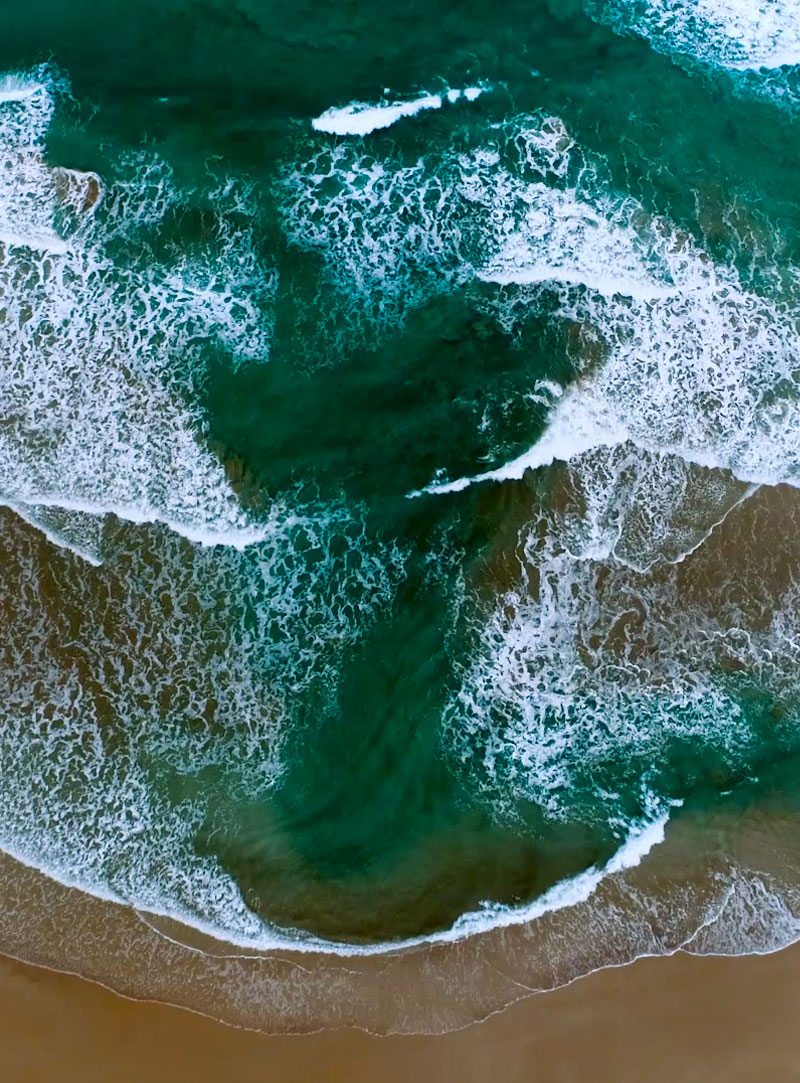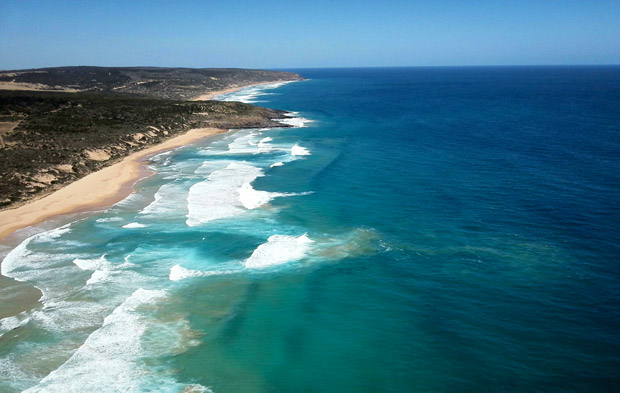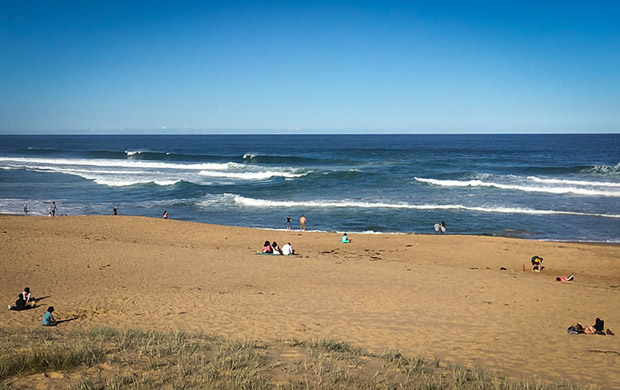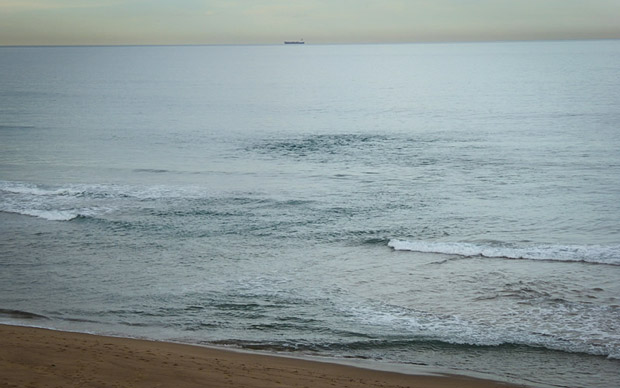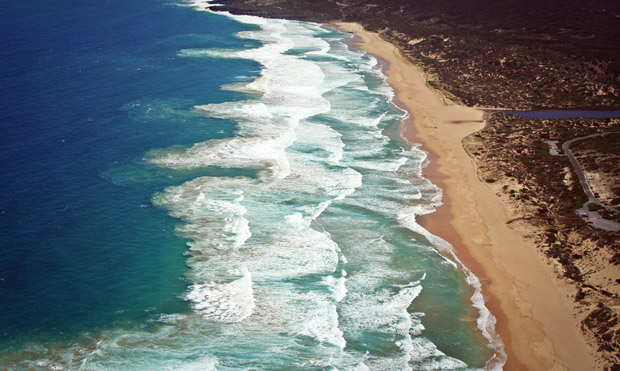There are about 17,000 rips at beaches around Australia on any given day. Chances are that – unless you’re a skilled surf lifesaver or an extremely experienced surfer – you’d prefer not to be dicing with them.
Yet Australians do: 4.2 million aged between 16 and 69 have been caught in a rip at least once in their lives.
The results can be anything from frightening to fatal.

Shark bite deaths
2004-16
26
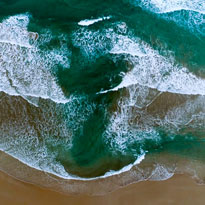
Rip drowning deaths
2004-16
230
The statistics also show that men are more likely than women to come to grief in the surf – most people who drowned in rips in 2016 and 2017 were men (88 per cent). Of the 21 drownings in the first month of this summer, 20 were men.
It seems that some of us are more bullish about our ability to spot rips than we should be. Of the 10 per cent of people who told Surf Life Saving Australia in 2017 they were very confident they could spot a rip, only 44 per cent actually could when put to the test.
In a previous survey, only one in three got it right.
We unfurl our towels and dash out into the waves over more than 300 million visits every summer, says Surf Life Saving Australia.
But this summer, lifesavers are on edge.
For every tragic drowning, there are many, many more rescues. From the same group of three men who died near Coffs Harbour, for example, three teenagers – two girls and a boy – were pulled alive from the surf.
Stop and think before you take the plunge, is the message from lifesavers. “Take a few moments to just check where you are,” says Surf Life Saving Australia's Shane Daw. “Check if there are rips, look for other hazards such as large waves or rocks, and have a plan.
“Always find a patrolled beach because the red and yellow flags mark the safest place to swim.
“Simply stopping to take two to three minutes could save your life.”
